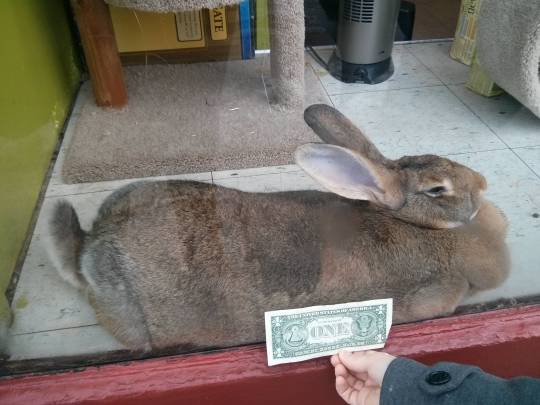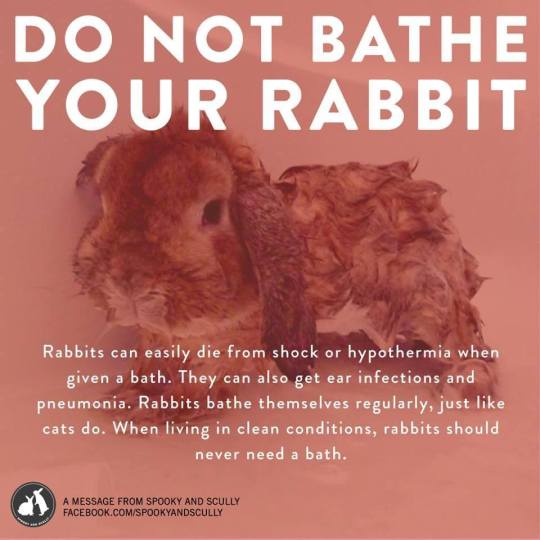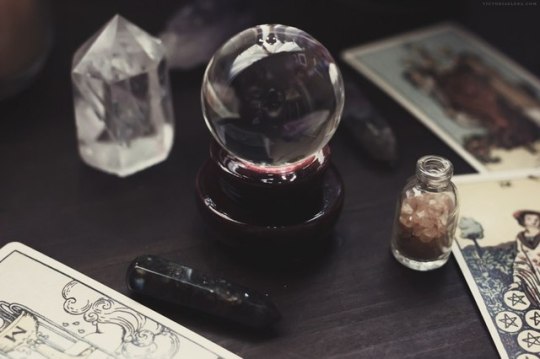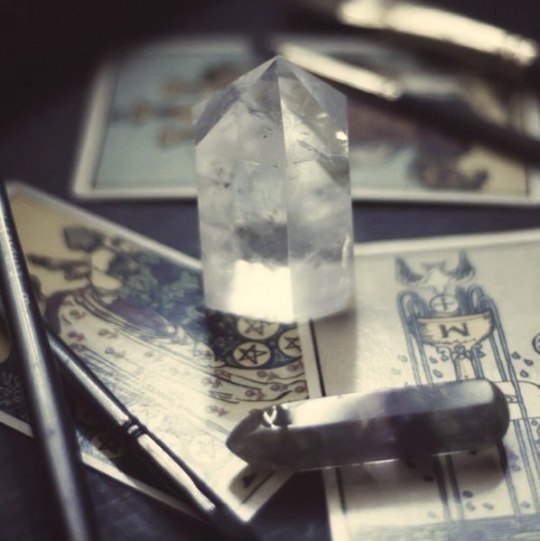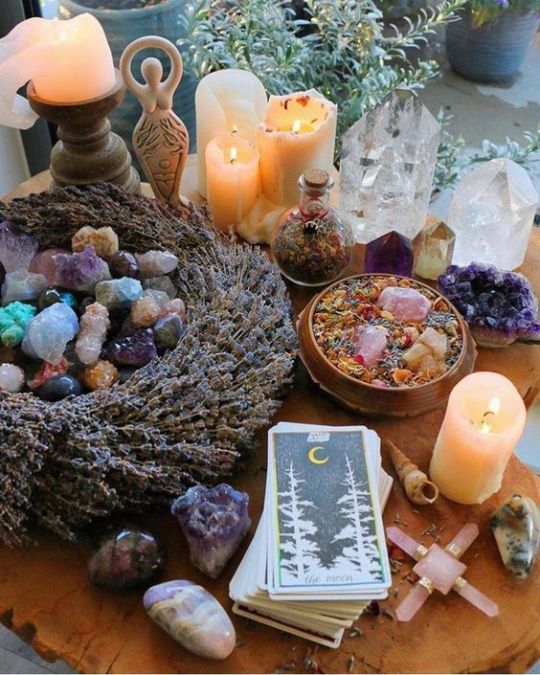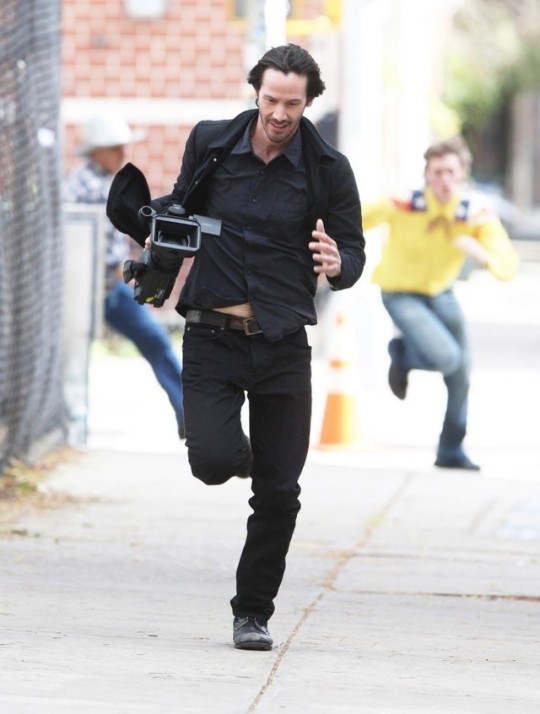Link
So, what is really going on? When I interviewed social scientists all over the world – from São Paulo to Sydney, from Los Angeles to London – I started to see an unexpected picture emerge. We all know that every human being has basic physical needs: for food, for water, for shelter, for clean air. It turns out that, in the same way, all humans have certain basic psychological needs. We need to feel we belong. We need to feel valued. We need to feel we’re good at something. We need to feel we have a secure future. And there is growing evidence that our culture isn’t meeting those psychological needs for many – perhaps most – people. I kept learning that, in very different ways, we have become disconnected from things we really need, and this deep disconnection is driving this epidemic of depression and anxiety all around us.
Let’s look at one of those causes, and one of the solutions we can begin to see if we understand it differently. There is strong evidence that human beings need to feel their lives are meaningful – that they are doing something with purpose that makes a difference. It’s a natural psychological need. But between 2011 and 2012, the polling company Gallup conducted the most detailed study ever carried out of how people feel about the thing we spend most of our waking lives doing – our paid work. They found that 13% of people say they are “engaged” in their work – they find it meaningful and look forward to it. Some 63% say they are “not engaged”, which is defined as “sleepwalking through their workday”. And 24% are “actively disengaged”: they hate it.
Most of the depressed and anxious people I know, I realised, are in the 87% who don’t like their work. I started to dig around to see if there is any evidence that this might be related to depression. It turned out that a breakthrough had been made in answering this question in the 1970s, by an Australian scientist called Michael Marmot. He wanted to investigate what causes stress in the workplace and believed he’d found the perfect lab in which to discover the answer: the British civil service, based in Whitehall. This small army of bureaucrats was divided into 19 different layers, from the permanent secretary at the top, down to the typists. What he wanted to know, at first, was: who’s more likely to have a stress-related heart attack – the big boss at the top, or somebody below him?
Everybody told him: you’re wasting your time. Obviously, the boss is going to be more stressed because he’s got more responsibility. But when Marmot published his results, he revealed the truth to be the exact opposite. The lower an employee ranked in the hierarchy, the higher their stress levels and likelihood of having a heart attack. Now he wanted to know: why?
And that’s when, after two more years studying civil servants, he discovered the biggest factor. It turns out if you have no control over your work, you are far more likely to become stressed – and, crucially, depressed. Humans have an innate need to feel that what we are doing, day-to-day, is meaningful. When you are controlled, you can’t create meaning out of your work.
Suddenly, the depression of many of my friends, even those in fancy jobs – who spend most of their waking hours feeling controlled and unappreciated – started to look not like a problem with their brains, but a problem with their environments. There are, I discovered, many causes of depression like this. However, my journey was not simply about finding the reasons why we feel so bad. The core was about finding out how we can feel better – how we can find real and lasting antidepressants that work for most of us, beyond only the packs of pills we have been offered as often the sole item on the menu for the depressed and anxious. I kept thinking about what Dr Cacciatore had taught me – we have to deal with the deeper problems that are causing all this distress.
I found the beginnings of an answer to the epidemic of meaningless work – in Baltimore. Meredith Mitchell used to wake up every morning with her heart racing with anxiety. She dreaded her office job. So she took a bold step – one that lots of people thought was crazy. Her husband, Josh, and their friends had worked for years in a bike store, where they were ordered around and constantly felt insecure, Most of them were depressed. One day, they decided to set up their own bike store, but they wanted to run it differently. Instead of having one guy at the top giving orders, they would run it as a democratic co-operative. This meant they would make decisions collectively, they would share out the best and worst jobs and they would all, together, be the boss. It would be like a busy democratic tribe. When I went to their store – Baltimore Bicycle Works – the staff explained how, in this different environment, their persistent depression and anxiety had largely lifted.
It’s not that their individual tasks had changed much. They fixed bikes before; they fix bikes now. But they had dealt with the unmet psychological needs that were making them feel so bad – by giving themselves autonomy and control over their work. Josh had seen for himself that depressions are very often, as he put it, “rational reactions to the situation, not some kind of biological break”. He told me there is no need to run businesses anywhere in the old humiliating, depressing way – we could move together, as a culture, to workers controlling their own workplaces.
1K notes
·
View notes
Photo

Storytelling Through Tarot
I’ve noticed that a lot of other witches also enjoy fiction and writing! Tarot itself tells a story, and you can do so much with using tarot to outline your story and characters! So here’s a 13 card spread that can be shortened down to six if you need to. The order in which you lay them really depends on if you’d rather do a six or thirteen card spread.
1-6 are the main points of the story.
Beginning - What are things like at the beginning of the narrative? Where do your characters start?
Climax of Act One - Something has drastically changed in your MC’s life. What is it? What do they need to do now?
Midpoint: big twist! - Need a plot twist? Someone is hiding a secret? Things aren’t going as planned? This is where something unexpected happens.
Climax of Act Two - It looks like the bad guy is winning, nothing is going right. What does the most intense part of your story look like?
Wrap up - What loose ends need tied up?
End - Where are things now at the end of the story?
Now, the other cards go in between those main six points.
Beginning
Inciting Incident - What happens that shakes up the status quo?
Second Thoughts - What’s your character thinking now with these events looming on the horizon?
Climax of Act One
Obstacle - No one said this journey was easy
Obstacle - Yup, more things to keep your hero from meeting their goal
Midpoint
Obstacle - Getting frustrated? Good.
Disaster - The “oh shit” moment
Crisis - The “no no no no no this isn’t happening” moment
Climax of Act Two
Wrap up
End
And there you go! Hope this helps!
7K notes
·
View notes
Text
Maui is not obese
Maui is a powerful demigod. Big and strong and… oh, you think he looks fat?

That’s probably because you’ve been conditioned by the media to accept this
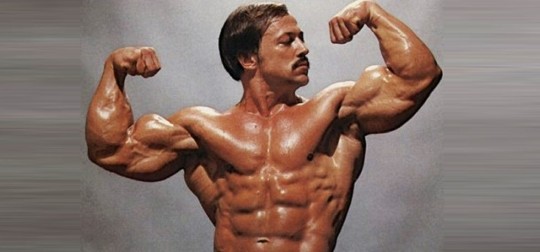
as what strong and fit looks like. Amiright?
Sadly… these guys are not all that strong. Yeah, they got muscles… but they aren’t built in a useful way. They are built for looks and that’s about it.
This…

is a strong guy. Actually a competitor in the Strongman competition. But… his tummy sticks out and he doesn’t look like a Dorito.
You know who else is strong?

These guys…
And Maui…

Look at those arms, omg. And that solid, sturdy torso. You can see a shadow where his meat covers his ribs, but he doesn’t look like any slouch to me.
And this guy…


That’s Dwayne Johnson’s grandfather. When the Disney animators showed him their sketches of Maui, he pulled out a picture of his grandfather and showed it to them because he was amazed how similar they looked. This dude was also a pro wrestler.
There’s actually a great infographic about ab muscles and stuff over HERE.
but this is the part i want to show you.
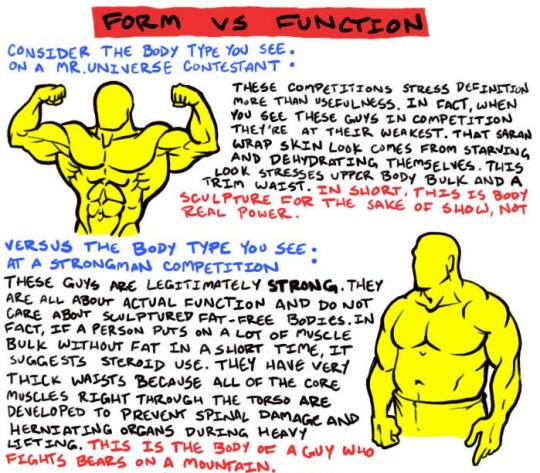
Now… look at Maui again.

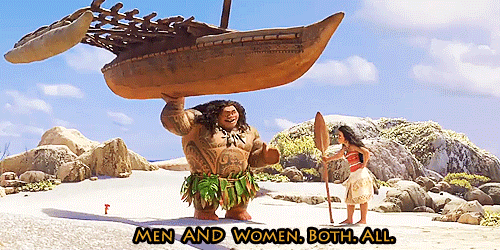

That thickness don’t move like fat. It doesn’t jiggle and he’s able to flex it. Look at how it sits on his body. It doesn’t sag… he doesn’t have a gut. There’s even a slight V shape to his torso.
It’s just big and not ‘defined’.
And people aren’t used to that.
(sorry, this isn’t the most organized post… i kinda just let it all spill out)
361K notes
·
View notes
Photo

A CROW TRIED TO GO IN OUR CLASSROOM AND HE HAD A PEN
1M notes
·
View notes
Photo

TEXT: “Stop telling girls they can be anything they want when they grow up. I think it’s a mistake. Not because they can’t, but because ti would have never occurred to them they couldn’t.” — Sarah Silverman
1K notes
·
View notes
Photo

TEXT: “The female characters in the ‘30s movies are very strong. You have to remember that in the ‘20s and ‘30s, and even the ‘40s, women were much more central to movies than they are now. During the studio system women characters were as important, if not more important, than the male characters. In fact the first stars of pictures were women – Florence Lawrence and Mary Pickford. All through the ‘30s women got top billing in comedies. It’s Katherine Hepburn and then Cary Grant in Holiday. That changed in the ‘50s and then it was gone by the ‘60s. One of the things that’s wrong with today’s pictures is there are too many guys and not enough girls. There were more female screenwriters then, too, than there are now.”
Peter Bogdanovich
director, She’s Funny That Way
SOURCE: http://creativescreenwriting.com/shes-funny-that-way-peter-bogdanovich/
2K notes
·
View notes



